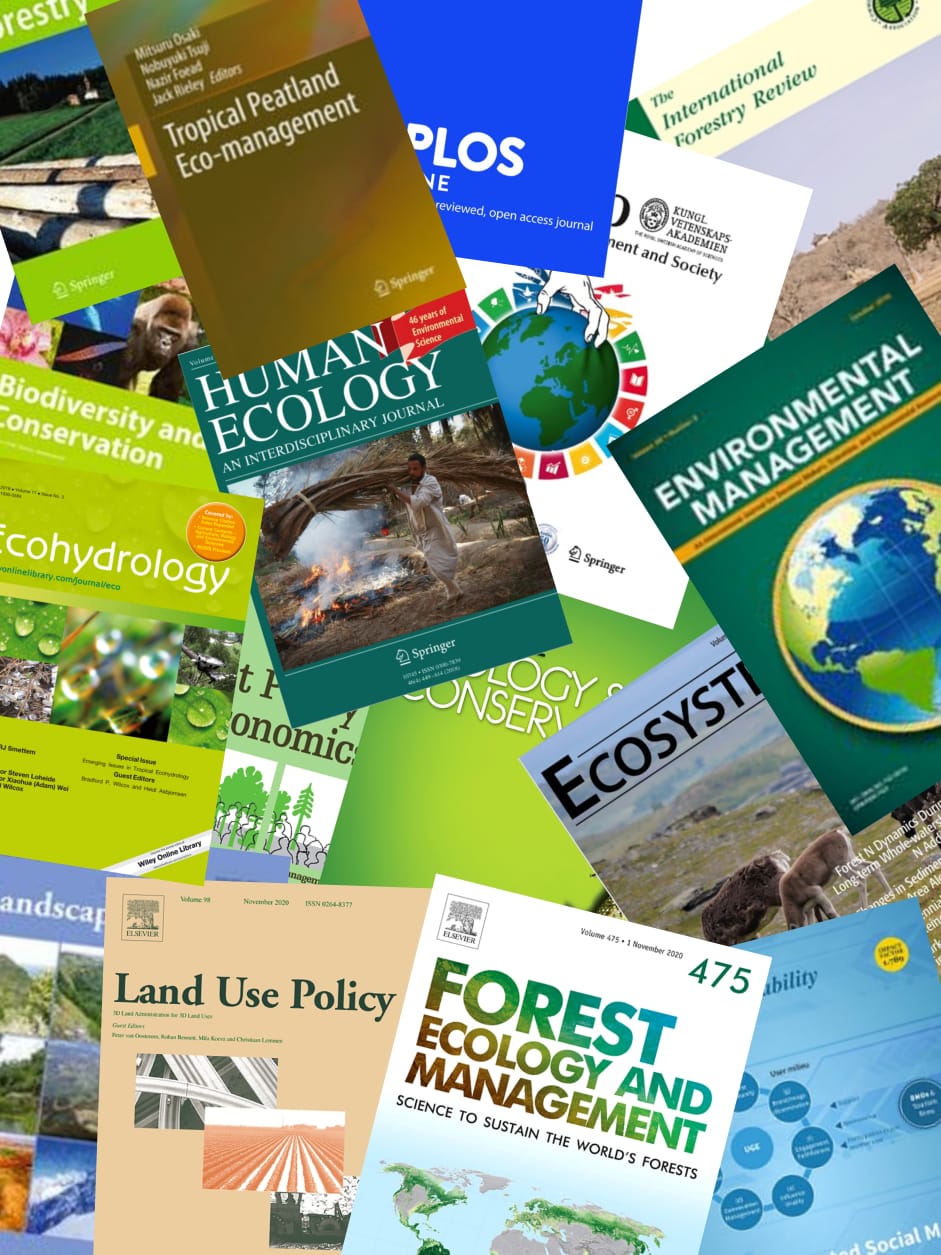Size-segregated ambient particles down to particles smaller than 0.1 mu m (PM0.1) were collected during the year 2014-2015 using cascade air samplers with a PM0.1 stage, at two cities in Thailand, Bangkok and Chiang Mai. Their characteristics and seasonal behavior were evaluated based on the thermal/optical reflectance (IMPROVE_TOR) method. Diagnostic indices for their emission sources and the black carbon (BC) concentration were assessed using an aethalometer and related to the monthly emission inventory (El) of particle-bound BC and organic carbon (OC) in order to investigate the contribution of agricultural activities and forest fires as well as agro-industries in Thailand. Monthly provincial Els were evaluated based on the number of agricultural crops produced corresponding to field residue burning and the use of residues as fuel in agro-industries, and also on the number of hot spots from satellite images corresponding to the areas burned by forest fires. The ratio of char-EC/soot-EC describing the relative influence of biomass combustion to diesel emission was found to be in agreement with the El of BC from biomass burning in the size range <1 mu m. This was especially true for PM0.1, which usually tends to be indicative of diesel exhaust particles, and was shown to be very sensitive to the El of biomass burning. In Chiang Mai, the northern part of Thailand, the forest fires located upwind of the monitoring site were found to be the largest contributor while the carbon behavior at the site in Bangkok was better accounted for by the El of provinces in central Thailand including Bangkok and its surrounding provinces, where the burning of crop residues and the cultivation of sugarcane for sugar production are significant factors. This suggests that the influence of transportation of polluted air masses is important on a multi-provincial scale (100-200 km) in Thailand. (C) 2019 Elsevier Ltd. All rights reserved.
View source

